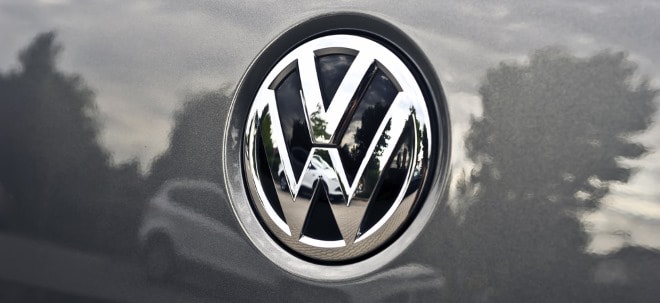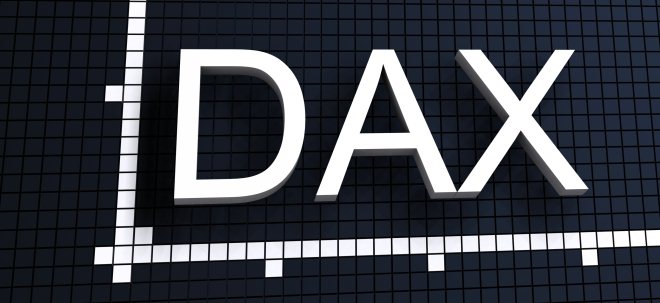Hikers find gold cache worth up to $680,000 in Czech mountains
Two people hiking in Czech Republic’s Krkonose Mountains have discovered a significant cache of gold coins and jewelry that local experts estimate to be worth over $680,000.The Museum of East Bohemia in Hradec Králové, which later took possession of the find and revealed the find in a Facebook post, said the coins were wrapped in black fabric and stored in an aluminum jar that the hikers saw peeking out of a stone wall.Miroslav Novak, the museum’s head of the archaeological department estimates that these coins — 598 of them to be exact — have a value of about 7.5 million Czech crowns, or approximately US$340,000.About 3 feet away from the metal jar, the hikers also unearthed a second cache: a metal box containing16 tobacco bags, 10 bracelets, a bag made of fine wire mesh, a comb, a powder coat and a chain with a key. These items, if they are made of solid gold, would be worth another $340,000, Novak estimates.Century-old treasureThis discovery adds to a series of significant archaeological finds in the Czech Republic, including a 3,600-year-old Bronze Age hoard last year and a 14th-century cache of gold ducats in 2020.While archaeological discoveries are fairly common in the region, most are considered relatively ancient. The gold items, on the other hand, were likely buried only about a hundred years ago, local experts said.According to Novak, as reported in the New York Times, the newest edition of the gold coins was from 1921, meaning that the jar was likely stashed sometime after that.In the museum’s post, it was suggested that these coins could range from 1808 to 1915, though the endpoint may not be accurate as several coins had small countermarks, which may have been added post–World War I. These marks, according to museum experts, were stamped in what was then Yugoslavia during the 1920s.About half the coins were traced to Western European countries, including France and Belgium, while the rest came from the Balkans, the Ottoman Empire, Russia, Tunisia and other parts of Africa, he said, noting that none of the money circulated in the area where it was discovered.Meanwhile, the non-coin items are currently undergoing analysis to determine the precise composition of the metal, the museum said.Theories of originWhile the owner of the gold treasure remains a mystery, experts have linked the coins to the huge waves of migration from Bohemia – what is now the western part of Czech Republic – following the invasion of Nazi Germany in 1938.Another theory is that the items belonged to a fleeing Germany solider who left it there after World War II ended in 1945, according to museum director Petr Grulich.“The problem is that there are a huge number of possibilities,” Martin Vesely, an associate professor of history at Jan Evangelista Purkyne University in the Czech Republic, told the New York Times.“Central Europe was swept through by a huge number of people in various directions back and forth during those years, so anything could have happened.”Weiter zum vollständigen Artikel bei Mining.com
Quelle: Mining.com


